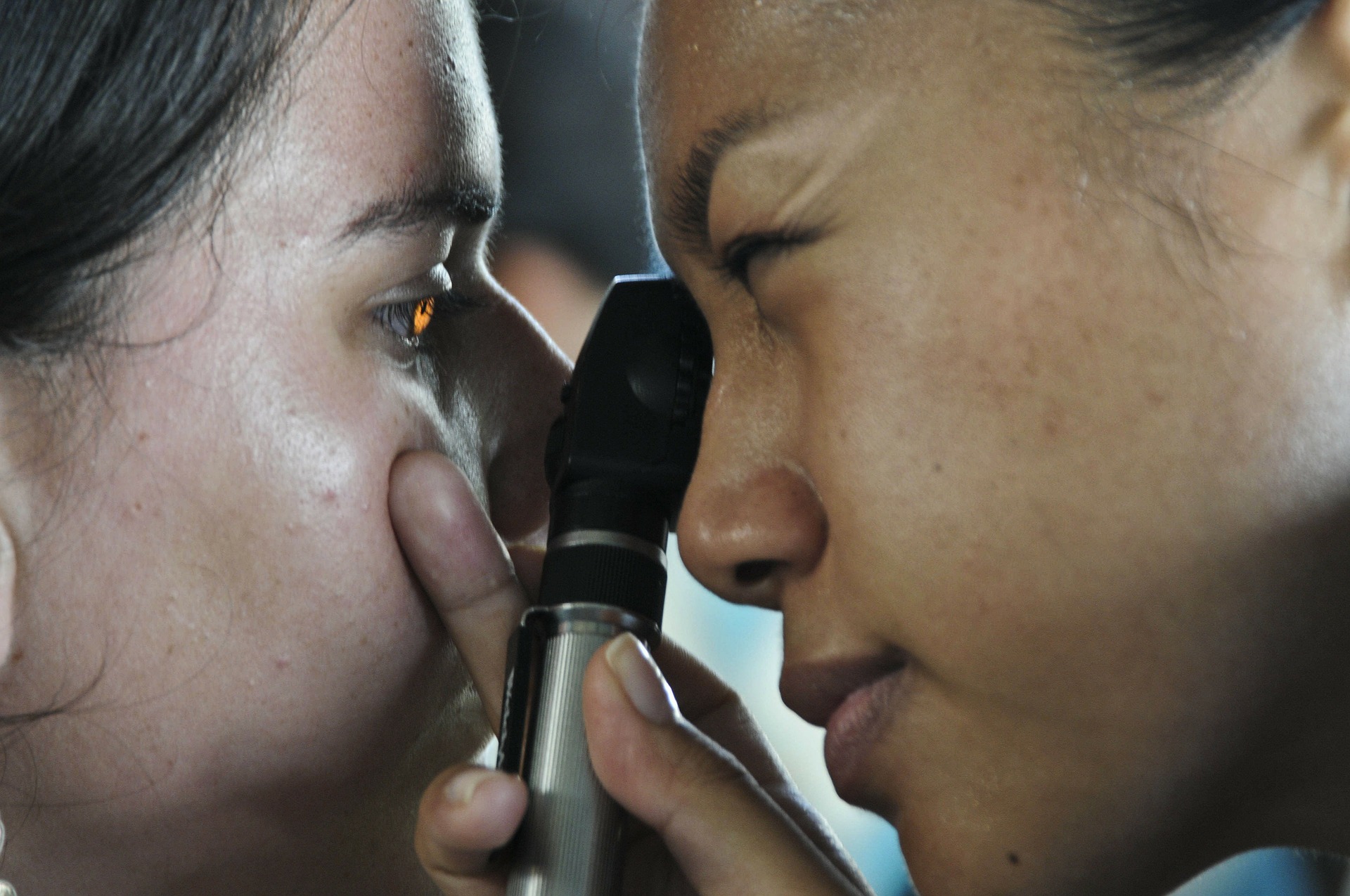 August is National Eye Exam Month and it is a great reminder that everyone, especially Elders, should get a comprehensive eye exam regularly.
August is National Eye Exam Month and it is a great reminder that everyone, especially Elders, should get a comprehensive eye exam regularly.
The following information is taken directly from the American Academy of Ophthalmology’s web page dedicated to what everyone should know about eye exams at https://www.aao.org/eye-health/tips-prevention/eye-exams-101:
Are You EyeSmart?
Getting an eye exam is an important part of staying healthy. But do you know when you should get an eye exam and what the exam should cover? Read up on the basics to get the right exam at the right time and ensure your vision lasts a lifetime.
When Should You Have an Eye Exam?
The American Academy of Ophthalmology recommends that you get a baseline eye examination at age 40, the time when early signs of disease or changes in vision may occur. Much like a screening for diabetes or certain cancers, a baseline eye exam at 40 is a reminder to adults as they age to be aware of their eye health. A baseline screening can help identify signs of eye disease at an early stage when many treatments can have the greatest impact on preserving vision.
Some people shouldn’t wait until they are 40 to have a comprehensive eye exam. If you have an eye disease or if you have a risk factor for developing one, such as diabetes, high blood pressure or a family history of eye disease, you should see an ophthalmologist even if you are younger than 40.
Upon examining your eyes, your ophthalmologist can tell you how often you should undergo an eye exam. As you age, it’s especially important that you have your eyes checked regularly because your risk for eye disease increases. If you are 65 or older, make sure you have your eyes checked every year or two for signs of age-related eye diseases such as cataracts, age-related macular degeneration and glaucoma.
What Should Be Checked in an Eye Exam?
A comprehensive eye exam is relatively simple and comfortable and shouldn’t take more than 45 to 90 minutes. The exam should include checks on the following:
- Your medical history. First, your doctor* will ask you for an assessment of your vision and your overall health. Your family’s medical history, whether you wear corrective lenses or whether you are on any medication will also be of interest to your ophthalmologist.
- Your visual acuity. This is the part of an eye exam people are probably most familiar with. Your ophthalmologist will ask you to read a standardized eye chart to determine how well you see at various distances. The test is performed on one eye at a time by covering the eye not being tested.
- Your pupils. Your doctor may evaluate how your pupils respond to light by shining a bright beam of light through your pupils. Common pupillary reaction to this stimulus is to constrict (become smaller). If your pupils respond by dilating (widening) or there is a lack of response either way, this may indicate an underlying problem.
- Your side vision. Loss of side vision is a symptom of glaucoma. Because you may lose side vision without knowing it, this test can identify eye problems that you aren’t even aware of.
- Your eye movement. This test, called ocular motility, evaluates the movement of your eyes. Your ophthalmologist will want to ensure proper eye alignment and ocular muscle function. Common tests measure the eyes and their ability to move quickly in all directions and slowly track objects.
- Your prescription for corrective lenses. You will be seated and asked to view an eye chart through a device called a phoroptor, which contains different lenses. The phoroptor can help determine the best eyeglass or contact lens prescription to correct any refractive error you may have, such as myopia.
- Your eye pressure. This test, called tonometry, measures the pressure within your eye (intraocular eye pressure, or IOP). Elevated IOP is a sign of glaucoma. The test may involve a quick puff of air onto the eye, or gently applying a pressure-sensitive tip near or against your eye. Your ophthalmologist may use numbing drops for this test for your comfort.
- The front part of your eye. A type of microscope called a slit lamp is used to illuminate the front part of the eye, including the eyelids, cornea, iris and lens. This can reveal whether you are developing cataracts or have any scars or scratches on your cornea.
- Your retina and optic nerve. Your ophthalmologist will put drops in your eye to dilate, or widen, your eye. This will allow him or her to thoroughly examine your retina and optic nerve, located at the back of your eye, for signs of damage from disease. Your eyes might be temporarily sensitive to light for a few hours after they are dilated.
Your ophthalmologist may suggest additional testing to further examine your eye using specialized imaging techniques such as OCT, topography or fundus photos. These tests can be crucial in diagnosing a disease in its early stages and allow your doctor to detect abnormalities in the back of the eye, on the eye’s surface or inside the eye.
Each part of the comprehensive eye exam provides important information about the health of your eyes. Make sure that you are getting a complete examination as part of your commitment to your overall health.
* It may be that portions of your exam are delegated to a member of your doctor’s staff. To keep things concise, we use the terms “ophthalmologist” or “doctor” in this article.
Source
American Academy of Ophthalmology. (2018, March 02). Eye Exams 101. Retrieved August 13, 2018, from https://www.aao.org/eye-health/tips-prevention/eye-exams-101
Leave a Reply